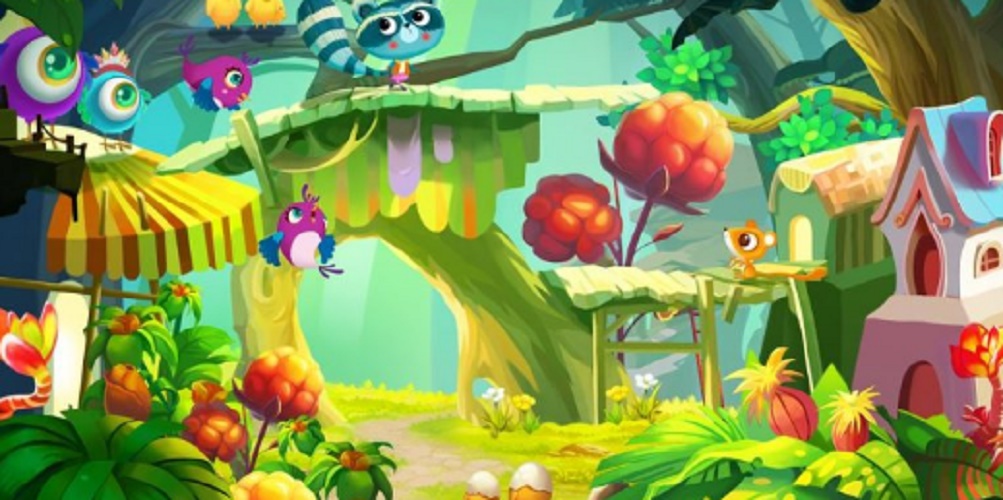What is a fable?
We explain what the fable is and what are the parts of this literary creation. How they are classified, examples and what is the moral.
-
What is a fable?
A fable is a generally short literary creation, written both in prose and verse and starring animals, animated objects or people, who have similar communicative abilities for the purpose of the story.
It is a subgenre of narrative literature , whose mission is fundamentally pedagogical: to illustrate through imaginary situations the customs, vices or virtues of a specific human region or, even, of all humanity. This is done with formative intentions in ethics , tradition or morals , so the usual target of a fable is children.
This teaching is usually summarized, at the end of the story, in a moral or teaching. The fable should not be confused with the sermon, the parable or the apologists (who are also didactic genres) or with the story or the poem (which as art forms always lack a moral).
The fable is an extremely ancient genre: clay tablets from the Mesopotamian era have been found with stories of cunning, ungrateful or arrogant animals. In addition, they were profusely cultivated during the classical era by the Greek Aesop , author of many of the fables we still read, and by Fedro, and later by the Romans Horacio and Flavio Alviano.
In the Middle Ages the fable was reborn from the hand of anonymous authors, and those translated from Arabic or other languages abounded. In the Renaissance it reappeared, by the hand of authors like Jean de La Fontaine.
-
Parts of a fable

The fable is composed of three parts:
- Start . In which the characters are presented and the initial points of the story are established, such as their geographical or temporal location, etc. It is usually short and to the point.
- Complication . It is the development of the plot that leads to a situation of moral or ethical problems, derived from the characteristics or initial actions of the character.
- Denouement . Whether happy or not, it is the final part of the story where the consequences occur and the moral or final teaching that gives the reader this story is stated.
-
Fable Types

The fables can be classified into:
- Agonal . They are based on the confrontation of two behaviors or opinions between two protagonists or the protagonist and the antagonist, to ultimately reward one and punish the other.
- Mythological . Those that collect the religious or mystical content of a cultural tradition, such as their gods or foundational stories.
- Of animals . Those whose protagonists are beings from the animal kingdom, provided with human traits such as speech or intelligence.
-
Fable example
Fable: The donkey and the horse
A merchant always traveled in the company of a donkey and a horse: the donkey carried the heavy load and the horse instead carried nothing. On one of those trips, the poor ass felt that his forces were not enough to reach the nearest city. Almost about to faint, he told the horse:
-This load is so heavy that I won’t be able to bear it for another minute. If you appreciate me in any way, horse, put a pair of these bundles on your back.
“I’m sorry, ass,” replied the horse, “but I was not born to carry such heavy loads, but to gallop free and beautiful on the roads.”
And with that said, it continued as if nothing. A while later, totally exhausted, the ass collapsed and died of so much fatigue. Upon realizing what happened, the merchant grabbed everything that the donkey carried and put it on the horse’s back, next to the skin of the unfortunate ass. As soon as he felt the heavy burden on his back, the horse told himself:
– How silly I have been! For not relieving the donkey’s suffering a little, I am now forced to carry everything he wore and even his own skin!
And the moral of this story is that whoever does not help his neighbor for believing himself superior or better than himself, will end up harming himself and sooner or later he will take his place.
-
Moral

The moral is the lesson or teaching about life that is obtained after reading a fable or some children’s stories. It is a lesson usually of a moral or ethical nature , that is, that invites certain behaviors and modes of reasoning, and that judges or discredits others, considered negative.





